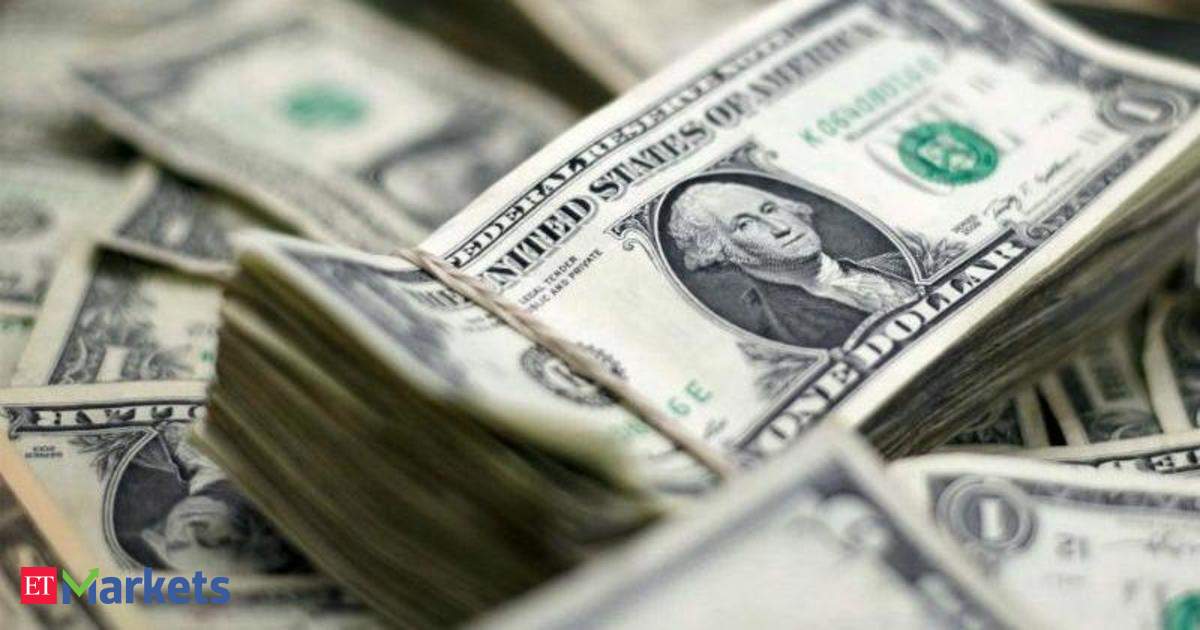Dollar waits on US inflation reading, Bitcoin tops $60,000
The yen is squeezed because investors see short-term rates near zero in Japan and stubbornly high U.S. and European interest rates - driving selling in the Japanese currency in order to earn better returns almost everywhere else.
The yen is down 2.5% on the dollar in February and 2.7% on the euro - its largest monthly slide on the common currency since last June which has carried it to three-month lows.
On the dollar, the yen touched 150.68 in early Asia trade, ever closer to October's weakest level at 151.74 and very close to prices that prompted government intervention in 2022.
Japan's top currency diplomat Masato Kanda, speaking on the sidelines of the G20 finance leaders meeting in Sao Paulo, reminded traders the government is watching currency moves "with a strong sense of urgency" and stands ready to respond.
The New Zealand dollar nursed losses on bets that rate hikes there are finished. It last huddled at $0.6100 having dropped 1.2% on the dollar after the central bank held rates and surprised markets with a downward tweak to its rates forecast.
"The overall take from the (Reserve Bank of New Zealand) is that the risk of further rate hikes has lessened, which reinforces our view that the (cash rate) has peaked in this current cycle," said UOB economist Sue Ann Lee.
The Federal Reserve's favoured measure of inflation - the core personal consumption expenditures (PCE) price index - is due later on Thursday and forecasts are for a rise of 0.4%.
It was not long ago investors were hoping for just a 0.2% increase but high readings on consumer and producer prices suggest the risk is for a result as high as 0.5%.
"A stronger than expected PCE deflator can cause markets to reduce pricing for a May rate cut even further, supporting U.S. dollar," said Commonwealth Bank of Australia currency strategist Kristina Clifton.
Markets price about a 20% chance of a Fed easing in May, and have pushed out the likely timing of a cut to June. Futures imply a little more than three 25 basis point cuts this year, compared to five at the start of the month.
For February the Australian dollar is down 1.1%, weighed by falling prices for iron ore, Australia's top export, and expectations that rates won't rise any further.
The euro is broadly steady on the dollar this month as expectations for rate cuts in Europe have been dialled down in tandem with those in the U.S. It was last steady at $1.0837. Sterling is down 0.2% in February to $1.2660.
The U.S. dollar index is up 0.3% to 103.92.
Source: Forex-Markets-Economic Times
